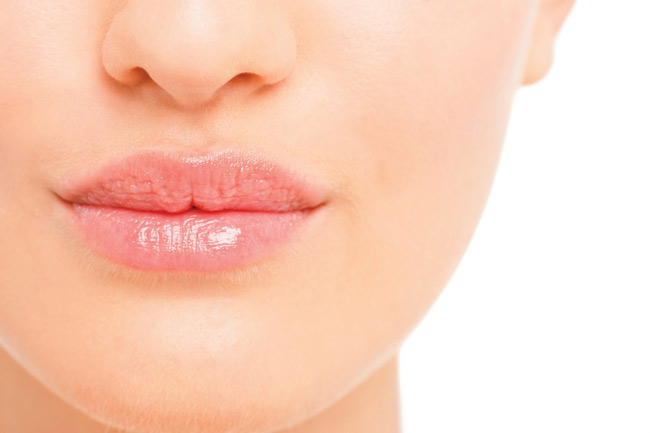
More than 40-million people in the U.S. have varicose veins. And contrary to popular belief, it’s not just your grandma’s problem. The swollen, twisted veins can strike anyone at any age and, it can lead to serious medical issues.
At age 29, Andres Garcia doesn’t fit the profile for someone with varicose veins.
Garcia told Ivanhoe, “Never thought of it. It was just, oh my grandma had it. Okay, all old people have it. So it never really occurred that it would happen to me.”
His first symptoms began at age 25 when his legs became tired, achy and heavy, but he didn’t think much of it until they started to swell.
“My leg just started getting bigger and bigger, and then pain,” he explained.
Heather Hall, MD, Vascular Surgeon at Weiss Memorial Hospital in Chicago says Andres is not alone. Of the 40-million people in the U.S. who have varicose veins, 25 percent of them are men.
Dr. Hall told Ivanhoe, “So this is not a small problem. This is actually a very, very common problem.”
One that’s not just cosmetic. Andres’ veins got so bad he developed ulcers on both legs.
Garcia explained, “It looked like raw meat. It would secrete puss and blood sometimes.”
That’s when he took action and met with Dr. Hall for surgery.
“The blood flow should be from the feet towards the head. But in him since his saphenous vein is not working, the blood flow is actually going down the leg or refluxing,” Dr. Hall explained.
Dr. Hall first treated Andres’ wounds and then used lasers to remove and seal shut the varicose veins.
Dr. Hall said, “We actually improve the overall circulation by sealing that vein off.”
It’s a quick, noninvasive surgery that put Andres back on his feet again.
Andres had the veins on his left side removed and is getting ready to have surgery on the right side. He’s not sure why he developed them, but statistics show if both of your parents have varicose veins; you have a 90 percent chance of developing them. If one parent is affected, you have a 40 to 50 percent chance of developing them.